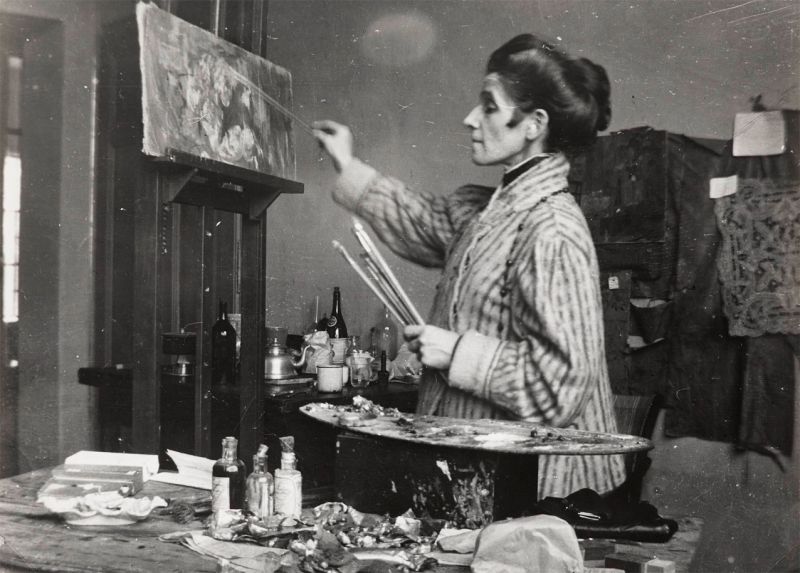Olga Boznańska. Kraków – Munich – Paris
Mediathek Sorted
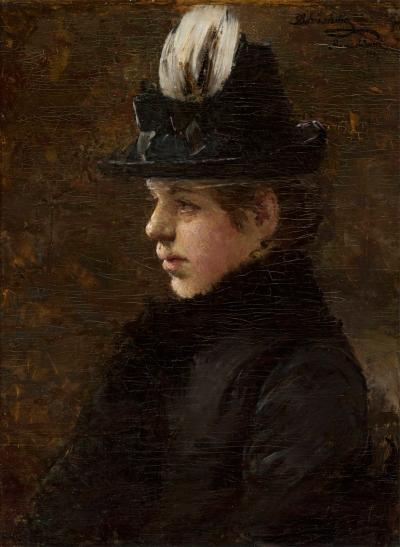
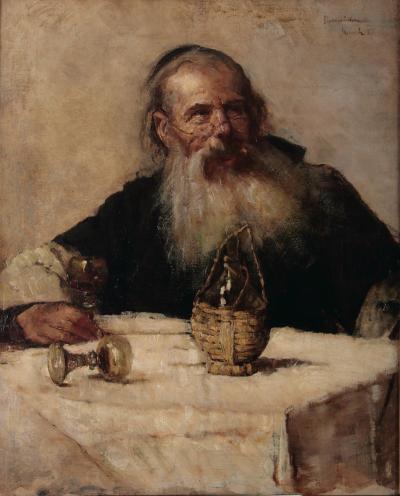
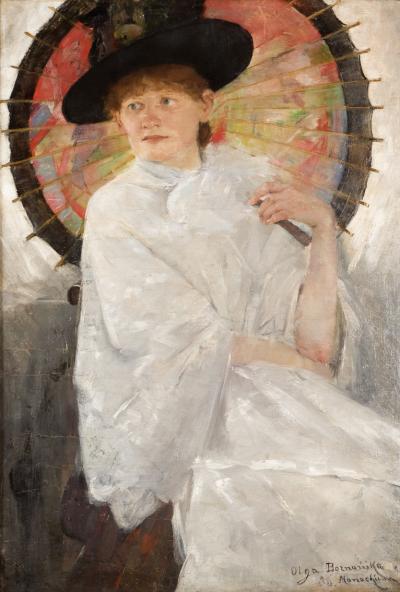
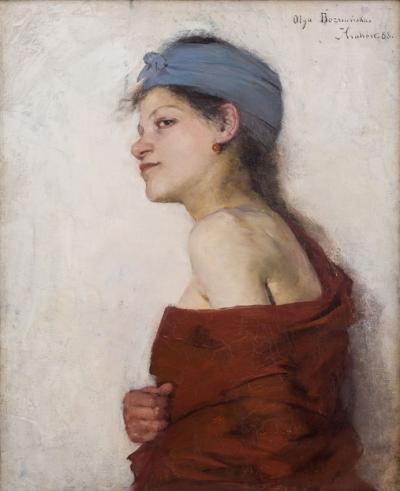
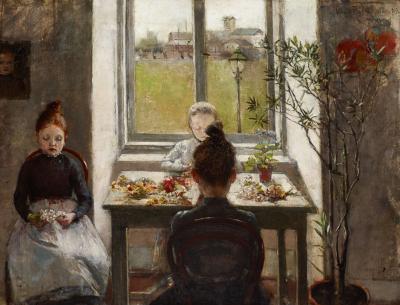
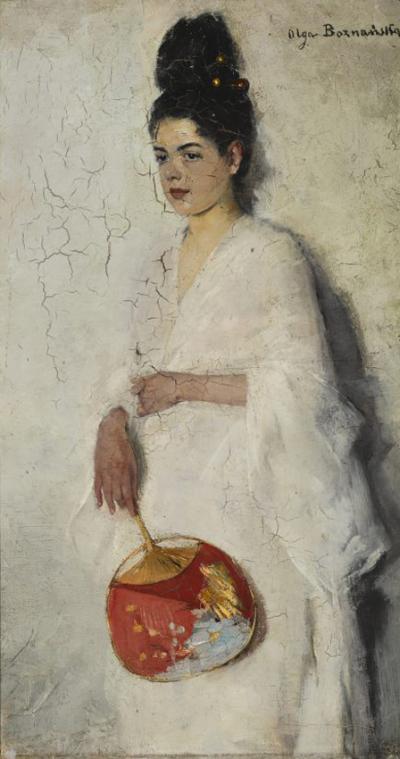

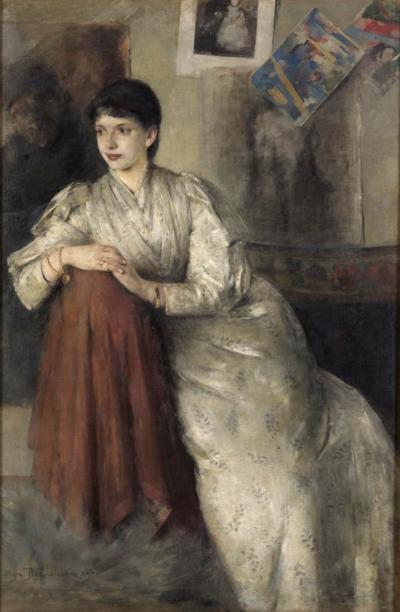
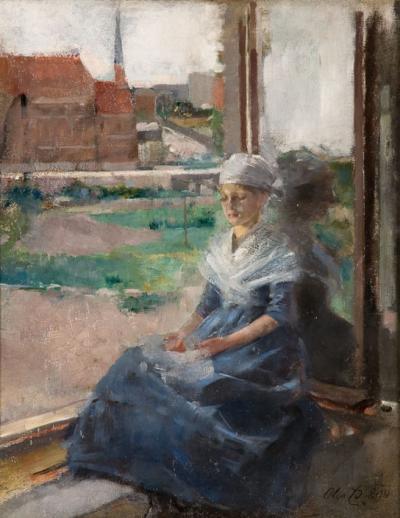
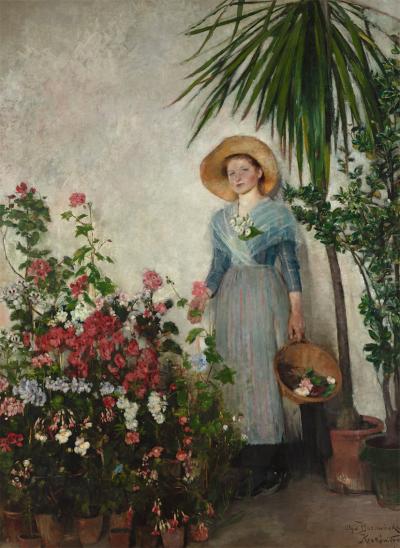
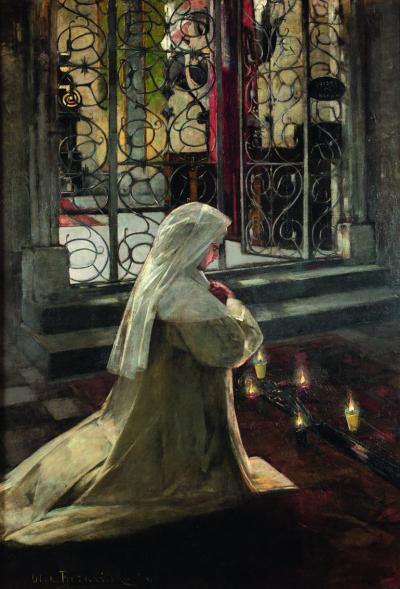
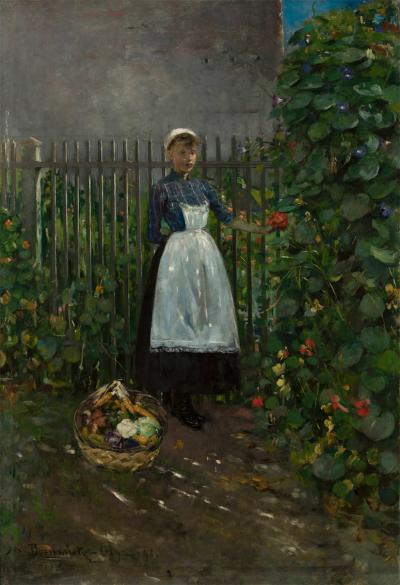
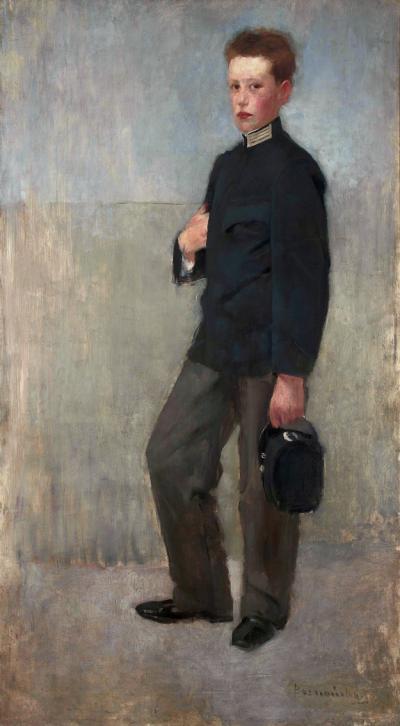
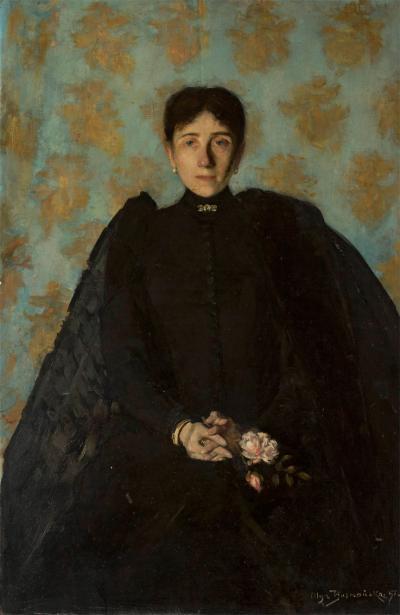
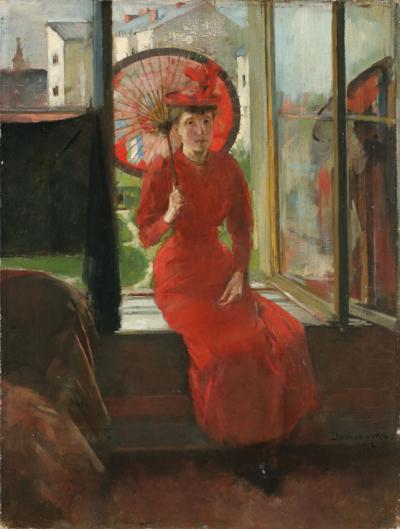
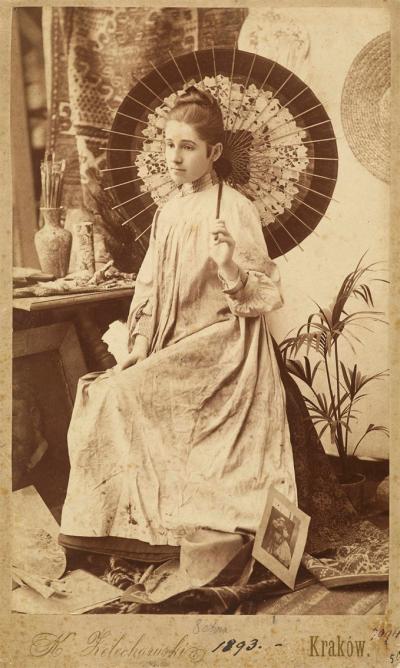
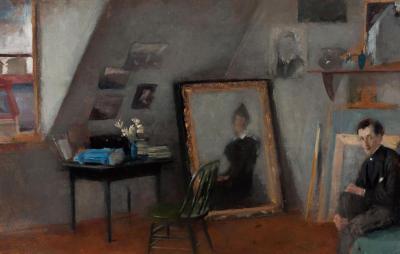
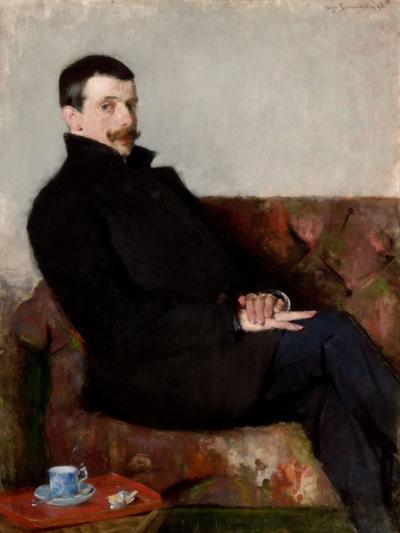
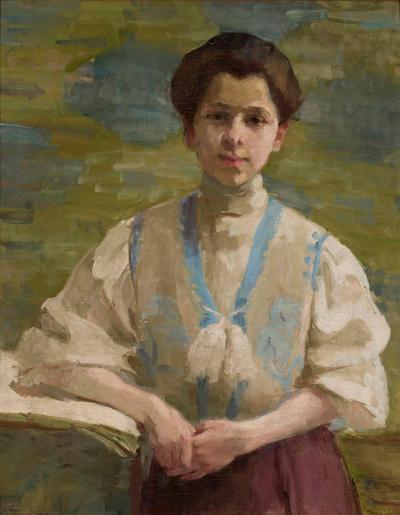
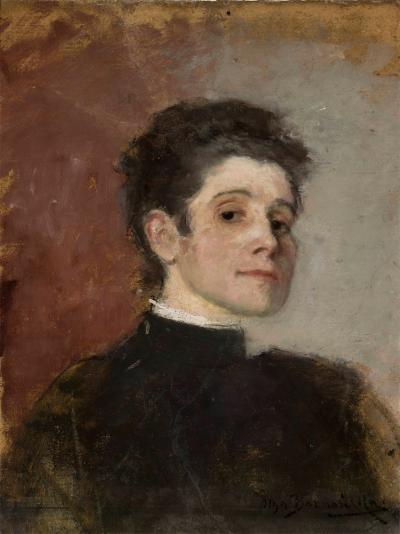
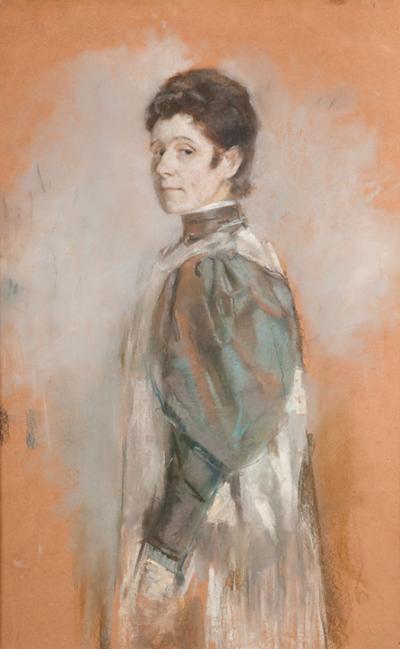
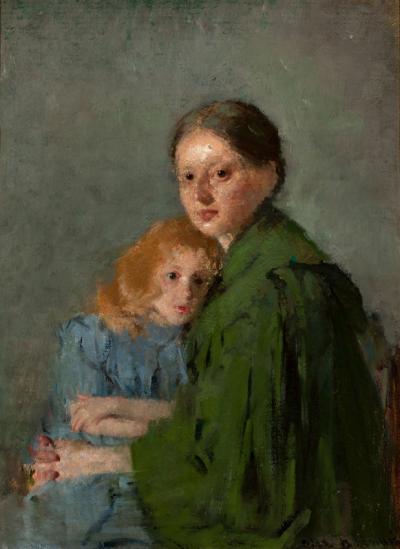
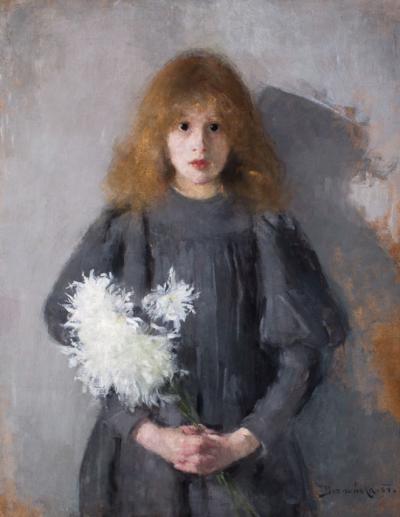
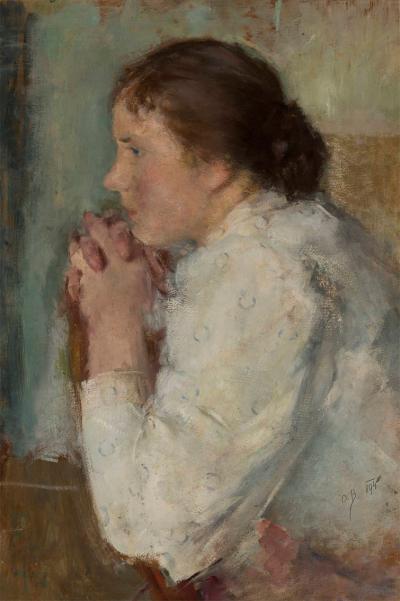
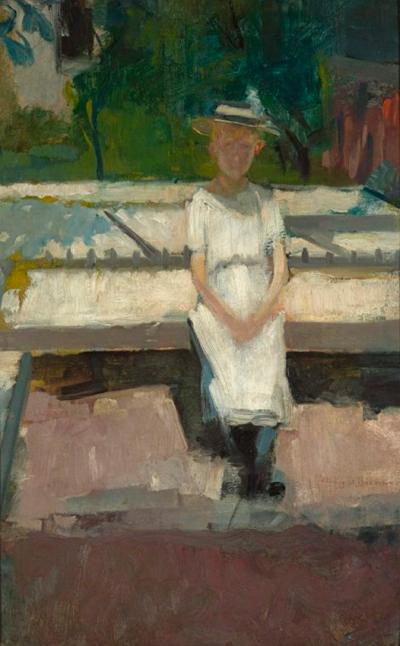
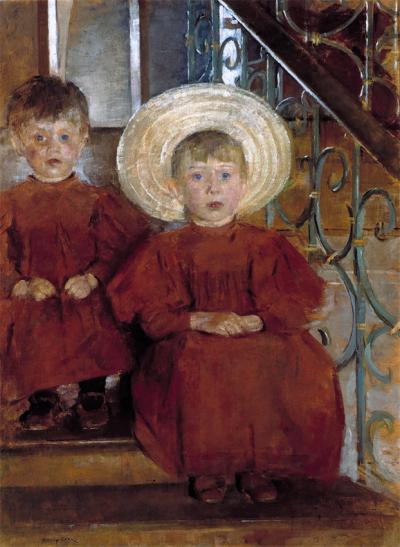

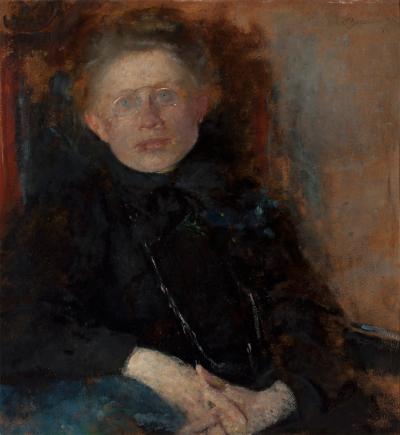
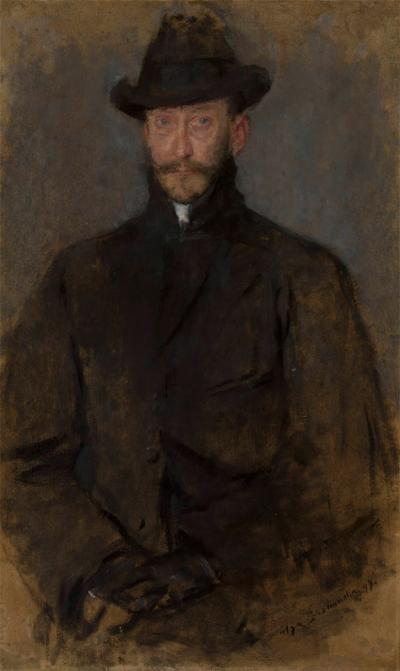
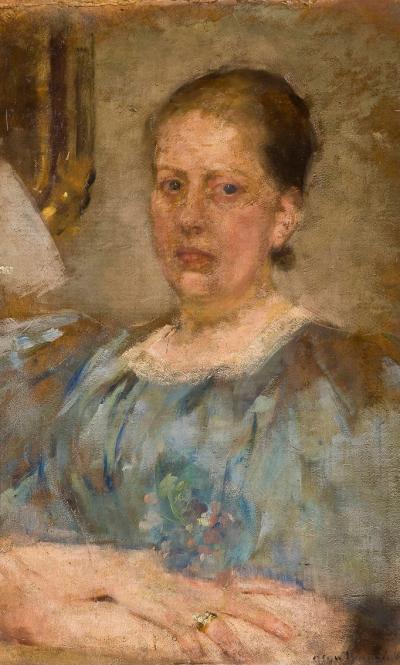
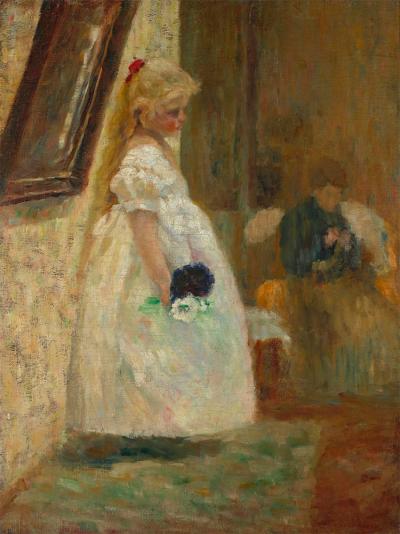

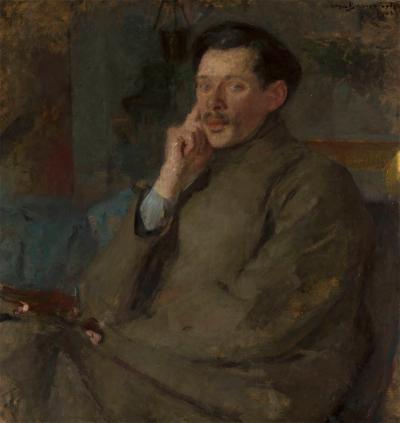
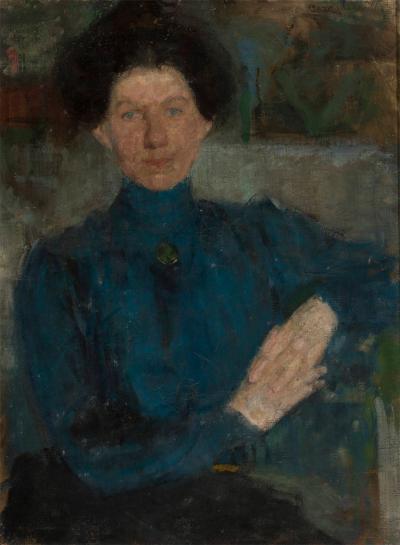
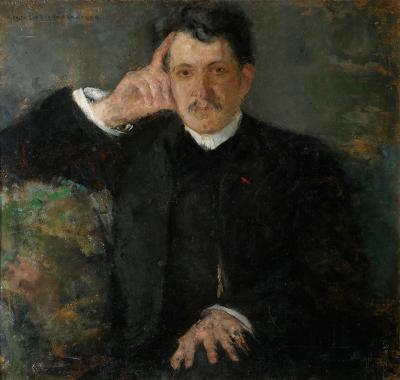
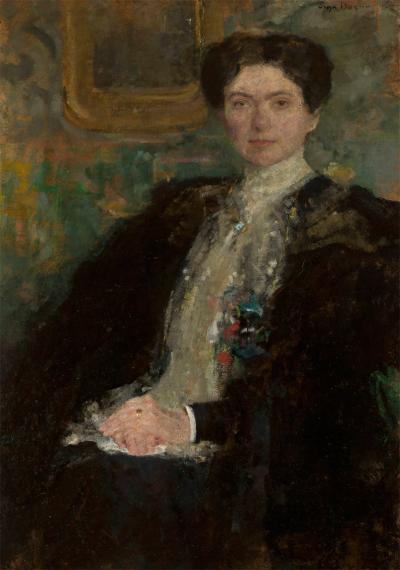
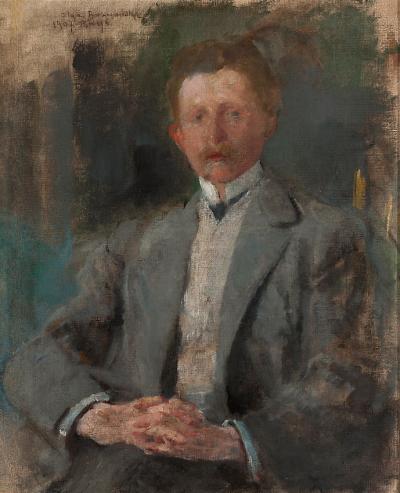
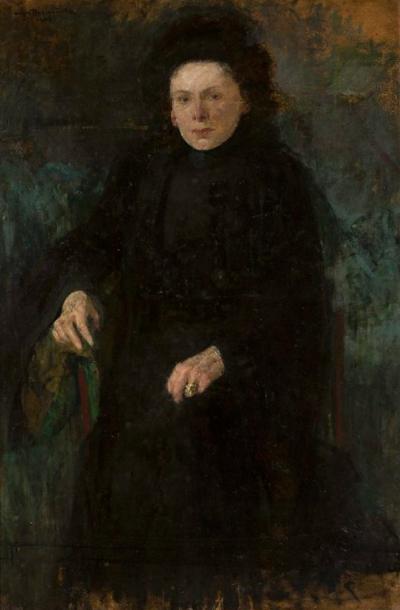
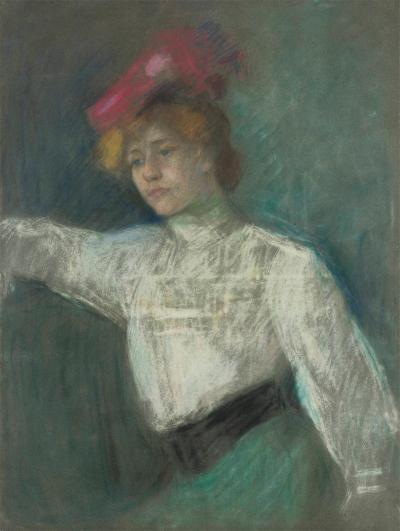
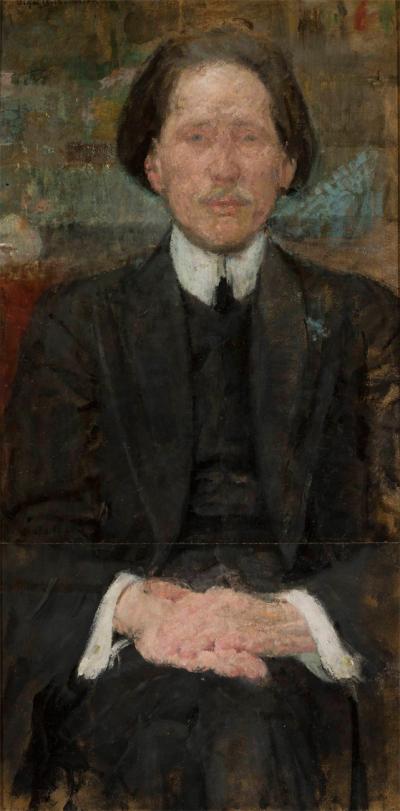


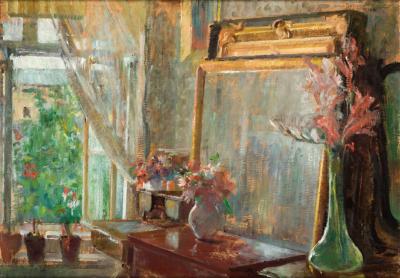
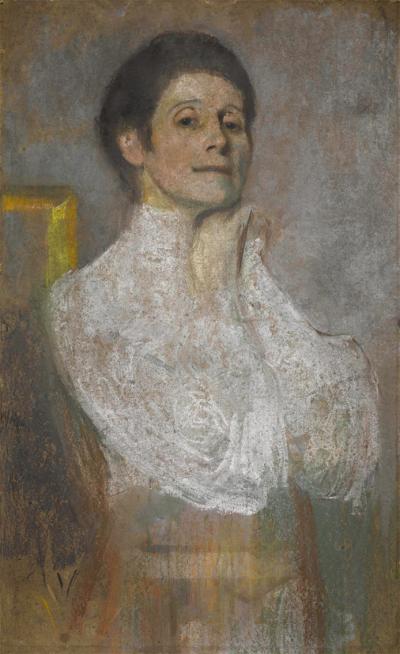
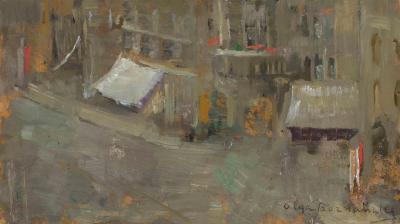
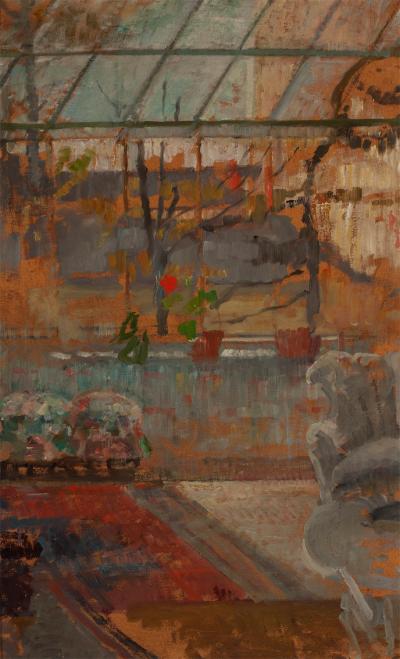
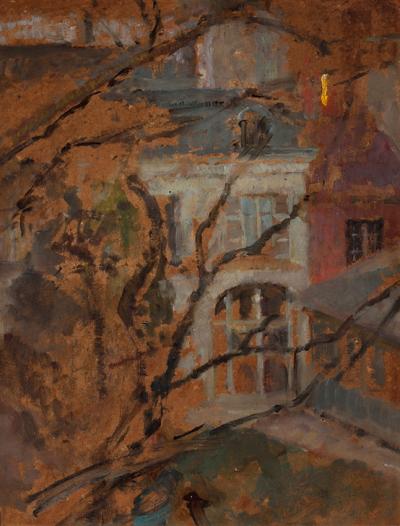
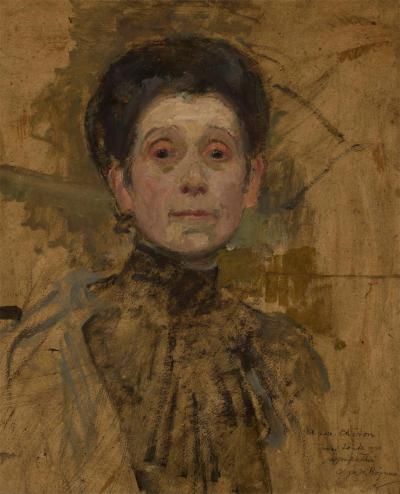
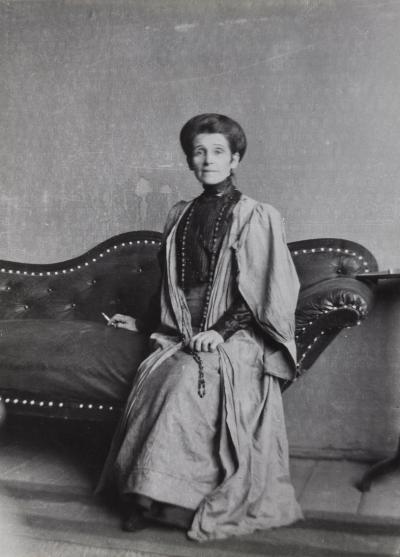
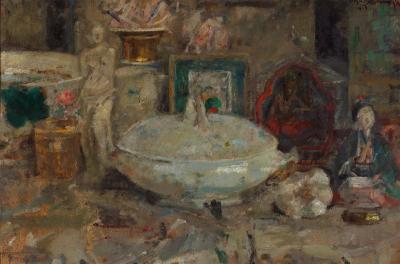
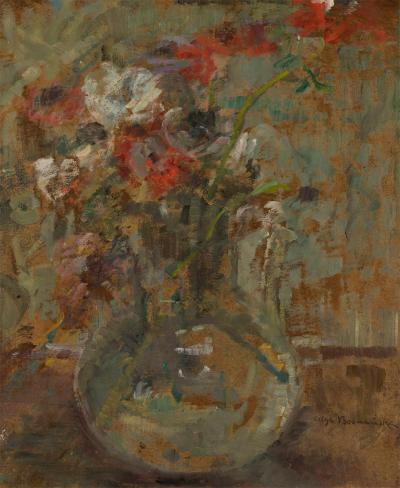
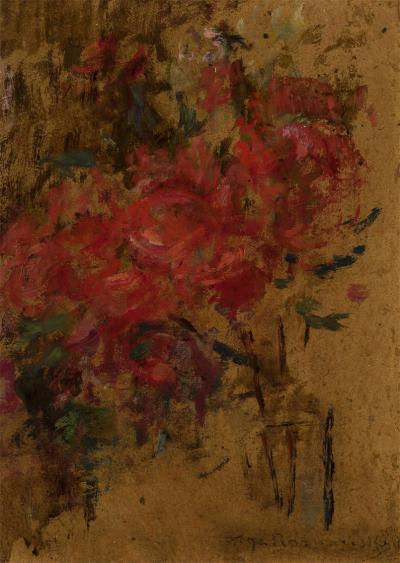
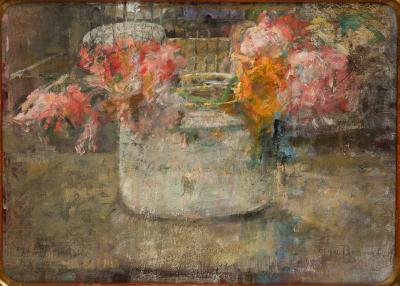

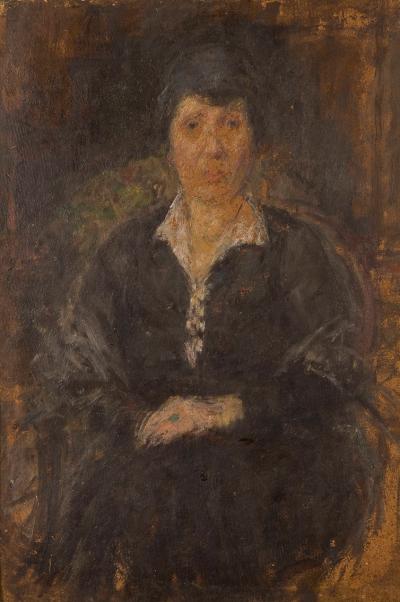
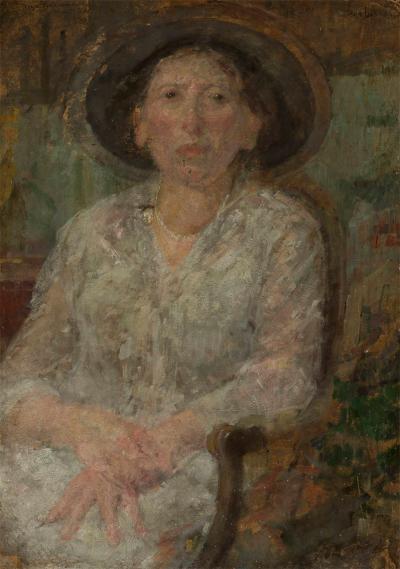
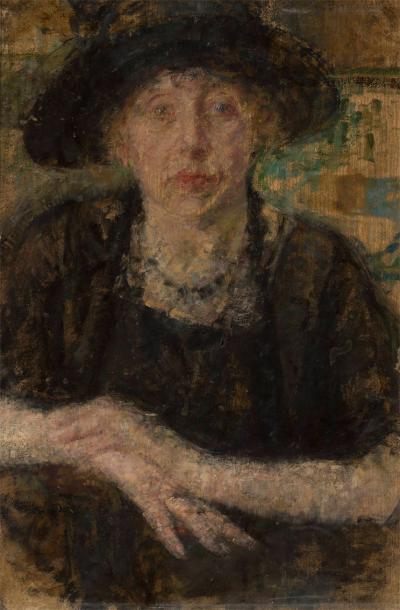
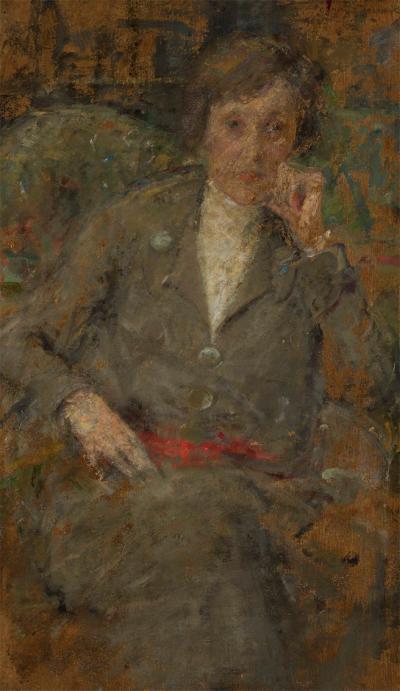
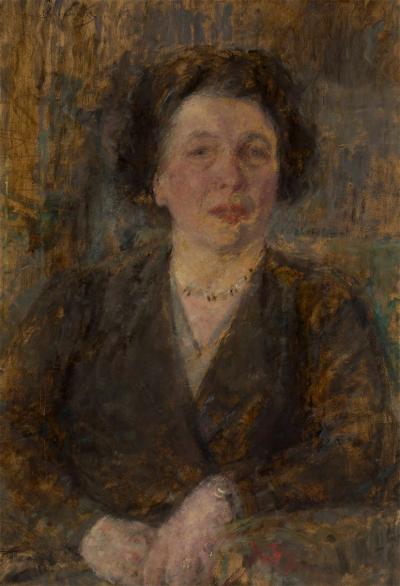
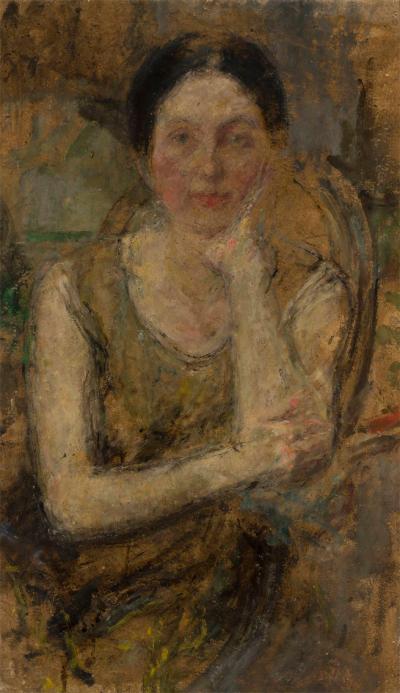


When Boznańska arrived in Munich, not only Brandt had set up his own studio, but also Wierusz-Kowalski (1849-1915), who had arrived in Munich by Dresden and Prague in 1874. Boznańska was carrying letters of recommendation to him and these were clearly helpful during her first weeks in the city.[5] Boznańska’s father had also had previous contacts with Brandt.[6] A huge number of Polish students continued to enrol in the Munich Art Academy. Stanisław Dębicki began his studies there and at the private school run by Paul Nauen in 1884/85. From 1885 onwards the students at the Academy comprised people like Zdzisław Piotr Jasiński, Zygmunt Ajdukiewicz and Feliks Cichocki Nałęcz; from 1886 Wincenty Trojanowski; from 1887 Stanisław Batowski-Kaczor; and from 1888 Stanisław Fabijański and Władysław Karol Szerner.[7] Brandt and Wierusz-Kowalski participated in all the important Munich exhibitions. Brandt was made an honorary Professor at the Academy in 1878, and Wierusz-Kowalski in 1890. Both were honoured with the highest Bavarian orders. Like Brandt, a huge number of young Poles studied under the battle and equestrian painter, Franz Adam and the history painter, Carl Theodor von Piloty, both of whom died in 1886. Other Poles were students of the Hungarian history painter, Sandór (Alexander) Wagner (1838-1919): one of these was Czachórski (1850-1911), who set up his own studio in 1879, was also an honorary Professor and remained in Munich for the rest of his life. In 1886 the Hungarian genre painter, Simon Hollósy set up a private painting school, whose summer courses in open-air painting in Hungary attracted the interest of a large number of Polish painting students.
That said, Boznańska neither showed much interest in themes like hunters, Cossacks and Polish horsemen,[8] nor in cavalry attacks, horses and coaches fleeing in snowstorms, “People returning from the Market” or in “Travelling Polish peasants”, all themes that had made Brandt and Wierusz-Kowalski well-known, and which were sought after by gallery owners and collectors. Presumably it was precisely the history and genre paintings, i.e. themes from Polish history and popular culture, from which she had fled Kraków. But women were also banned from studying at the Royal Academy of Arts in Munich. Hence Boznańska initially studied at the private studio of Carl Kricheldorf (1863-1934), who was well-known for his portraits of women in peasant and middle-class interiors, and as a painter of portraits and children. She paid regular visits to the Alte Pinakothek in order to study paintings by old masters like the “Lamentation of Christ“ (1634) by Anthonis van Dyck and his portrait of the battle painter, Pieter Snayers (ca. 1627/32), of which she made copies. Her own works from this time, the “Girl in a Hat with Feathers” (1887, Ill. 1) and the “Monk with Wine" (1887, Ill. 2), demonstrate the influence of Flemish painting. This can be seen in the portrait of the girl, which reveals a strong contrast between her bright complexion and black clothes: in that of the Monk, because it is a typical motif, painted in brown and yellow tones, the so-called “gallery tone”. However, both works also show that Boznańska was already far superior to Kricheldorf. In March 1887 she therefore began looking for a new teacher. On a visit, Brandt advised her not to bother about looking for a new professor because she was already a self-confident artist.[9] She exhibited her copy of Van Dyck’s “Lamentation” – it can be seen today in the Polish Library in Paris/Bibliothèque Polonaise de Paris – and the “Monk” in the local exhibition of the Munich Artists’ Cooperative (Künstlergenossenschaft). One year earlier, in 1886 she had already exhibited two other, now unknown, paintings "Camaldolit” and “Old Woman” in Kraków in the annual exhibition of the Society of the Friends of the Fine Arts/Towarzystwo Przyjaciół Sztuk Pięknych (TPSP). She also spent her summer holidays in Poland.
[5] Eliza Ptaszyńska: Alfred Wierusz-Kowalski, on this web portal, page 3
[6] Piotr Kopszak: In Munich, in: Exhibition cat. Olga Boznańska, Kraków 2014, page 37
[7] Lists of Polish students at the Munich Academy drawn up by Halina Stępień/Maria Liczbińska: Artyści polscy w środowisku monachijskim w latach 1828-1914. Materiały źródłowe, Warschau 1994, page 15 ff. Biographies of Polish artists can also be found in the Encyclopedia Polonica on this web portal.
[8] Hans-Peter Bühler: Jäger, Kosaken und polnische Reiter. Josef von Brandt, Alfred von Wierusz-Kowalski und der Münchner Polenkreis, Hildesheim 1993
[9] Piotr Kopszak: In Munich, in: Exhibition cat.. Olga Boznańska, Kraków 2014, page 38





















































































